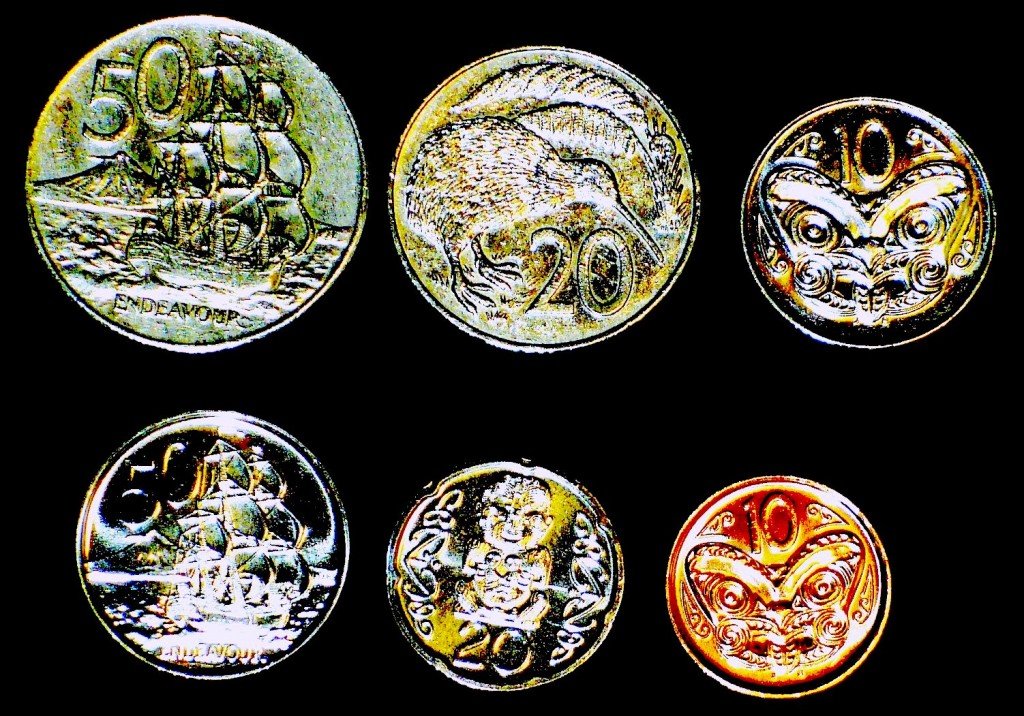Kelvin Teo

The last decade has seen a burgeoning surge in economics literature investigating the link between inflation and income inequality. Regardless of the mechanisms proposed, these papers came to the inevitable conclusion that the greater the inflation, the greater the income disparity. That being said, the debate on wealth inequality has been a century old one, extending to domains outside economics into the realms of philosophy (political philosophy). Karl Marx and other socialist writers focused their energies on elucidating the immorality of the existence of wealth inequality.
However, Simon Kuznets, an economist formerly from the Wharton School and recipient of the 1971 Nobel Prize in Economics for his work on the interpretations of economic growth was the first to elucidate the relationship between income distribution and the level of economic development. During the initial phases of urbanisation and industrialisation leading to economic growth, there is a rising gap in wealth owing to the fact that majority of the labour force remain in less productive and traditional sectors.
As more and more workers enter the newly productive sectors of the economy, the wealth gap becomes narrower. Political and social factors can also bring about narrowing of the gap. Hence, the relationship between economic growth and income disparity takes an inverse “U”-shape trend, and this is known as the Kuznets curve. On the basis of Kuznets curve, it is possible to attribute another wave of growing income disparity to another industrial revolution which results in the up-slope trend of the Kuznets curve followed by the inflection point and downslope pattern that represents decreasing income gap.
It has been said that “inflation benefits the rich and prosecutes the poor”. Here is why. The poor tend to be savers, and with inflation on the upward trend, the real value or purchasing power of their money decreases. The rich on the other hand tend to be more credit-worthy (having a higher credit rating) and have better access to financial instruments that hedge against inflation. Inflation in some ways is seen as a form of tax.
When the government spends more than what is allocated originally in its budget, it will run a budget deficit. There are three ways to grapple with this budget deficit – one, raise the taxes, a politically unpopular move, two, borrowing from the public by issuing government bonds or three, print more money that leads to inflation. Inflation benefits the borrower or debtor because the latter repays the money they borrow in fixed amounts, and the value of the dollars they repay is less, which in other words depreciate the purchasing power of the debt. A major debtor in this case is a government running a budget deficit and resorting to printing money to repay the debt and depreciating its value. The point on printing money will be revisited later.
Thus, how does inflation affect income distribution? Ales Bulir, in an IMF staff paper entitled “Income inequality: Does inflation matters?” simplified the economy to that occupied by two types of workers – the “insider” and the “outsider”. The “insider” is considered one who works in a unionised sector (usually) with indexed wages that are pegged to costs of living or inflation. Hence, the insider is better protected from the effects of inflation or rise in costs.
The outsider on the other hand does not enjoy a similar level of protection in terms of wage remuneration characteristics. Generally, the result of inflation is the income disparity between insiders and outsiders. Governments may attempt to prevent outsiders from falling into poverty by enacting “tax-the-rich-and-give-to-the-poor” policies but as Ales pointed out, such practices are futile if the transfer-receiving outsiders greatly exceeds the taxed insiders. Across-the-board taxes are even worse and compound the problems on top of the low purchasing power of the outsiders.
What is the impact of inflation on income inequality from the perspective of Austrian economics? Zoran Balac investigated in a model the relationship between monetary inflation (caused by increasing money supply when government prints more money) and income inequality as indicated by various measures in a study published in the Quarterly Journal of Austrian Economics entitled “Monetary Inflation’s Effect on Wealth Inequality: An Austrian Analysis”.
The cornerstone of Austrian inflation theory is that increasing money supply is equivalent to a tax that penalises those who see the money last. Consider this scenario as put forth by Ludwig von Mises, the father of Austrian school – a government issues only a certain amount of paper money to purchase certain commodities and services. Thus, the prices of certain services or commodities purchased by the government rise immediately whilst others remain unaltered.
The direct beneficiaries of government purchases are in a better position to purchase more goods and services than they used to in the past, and this chain of sale and purchase of goods and services spreads out in a boom. However, the rise in prices of goods and services are not synchronous across the board; there are some sellers of goods and services who do not experience the same increase in prices of that they must purchase for their consumption. This illustrates the Austrian perspective that the losers are those who see the money last. In the model tested by Balac, it was found that monetary inflation is a significant variable in income inequality as reflected by measures of income inequality (e.g. Gini coefficient).
Political economists have attempted to address the issue of inflation and income inequality on the basis of political developments. Their contention is that certain developments within the political system provide incentives for inflation. Christopher Crowe, an economist at IMF explored the interaction of political processes in creating conditions for inflation and inequality in a The Oxford Council on Good Governance paper entitled “‘Voting for inflation’: The political economy of inflation and inequality”.
Crowe contends that there is a political bias effect which causes the policy-maker to pursue policies more beneficial to richer groups in society. Crowe first demonstrated the positive association between inflation and income inequality as reflected by the Gini coefficient in 53 countries. In a model supported by data from 53 countries that factored in political bias, Crowe then showed that an increase in extent of political bias from zero to the maximum determined value of 1.43 shifted the inflation rate from 0 to 21%. He ended with a recommendation that there must be equality of participation involving both rich and poor groups that could lead to better outcomes. The issue of political participation reminded us of a point covered earlier about the plight of “outsiders” who are likely to be deprived of representation or a political bargaining chip to advocate their cause which hinders their progress and ability to cope with inflation.

Inflation versus income inequality. Data from Crowe. 'Inflation tax transform' on vertical axis reflects inflation rate
Scholars have extensively demonstrated the link between inflation and income inequality. Ideally, governments should be striving towards low inflation, but that would depend very much on how it plans its budget, i.e. poor budget planning leads to deficits and financing such through printing and increasing money supply, and its monetary policies. Another important factor that cannot be ignored is the political system within the country, especially with regards to the extent of political bias influencing pro-rich policies as opposed to a more balanced representative process.
—
Photo courtesy of Velvet Android, Flickr Commons

